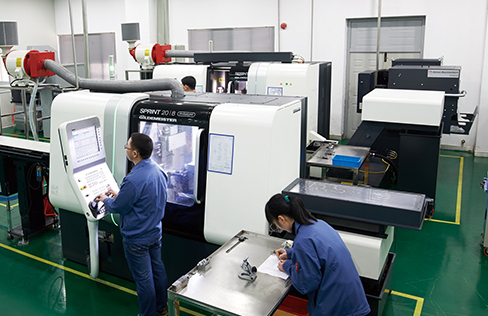Prospects For Development

The anastomosis of hand suture can be performed by the surgical staplers in all cases. Specifically, the stapler is suitable for end-to-end, end-to-side and side-to-side anastomosis of esophagus, stomach, duodenum, small intestine, colon, rectum and biliary tract. The suture device is suitable for suturing digestive tract, pancreas, lung, thyroid and other organs. The advantages of using this kind of instrument are simple operation, shorter operation time (only a few minutes), less bleeding, less trauma and fewer complications. The operation quality is high because the mucosa or tissue is tidy, the anastomosis is firm and reliable, the hemostasis effect and the blood supply are good. Especially for exposing difficult esophageal and cardiac operations and low rectal operations, and for critically ill patients who need to finish the operation as soon as possible. Because the suture device is used to suture and seal before cutting, it reduces the chance of peritoneal contamination and effectively reduces the possibility of exfoliation and implantation of gastrointestinal cancer cells.


The digestive tract mucosa is edema, the muscular layer is too thick and the healing ability is poor, so it is not suitable to use. If the lumen is too thin or the muscular layer of the tube wall is too thin, the tear of the tube wall is easy to occur. If the first mechanical anastomosis fails, the second anastomosis should not be done in principle, because the incision edge of the tube wall is not uniform, and the tissue is severely pressed by the instrument and the blood supply is poor, and the anastomotic stoma has expanded, so it is difficult to achieve success again. Mechanical anastomosis is not suitable for those with suspected residual cancerous tissue at the incision end or severe injury at the incision end. Other anastomotic indications were consistent with those of hand seam anastomosis.